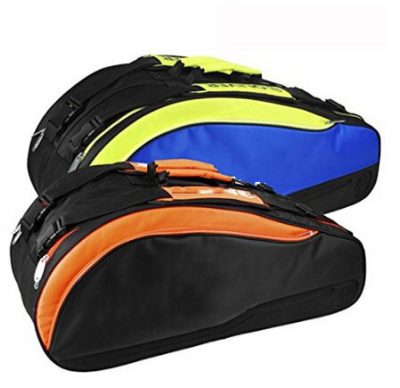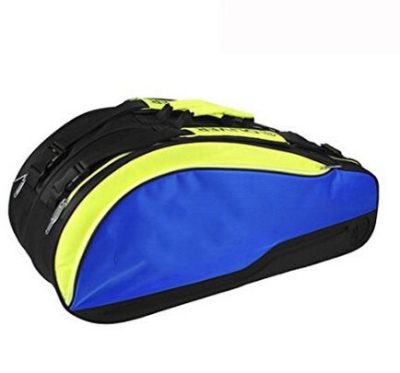Tennis rackets are divided into materials, including graphite, metal, aluminum, carbon fiber, titanium and wood. Among them, aluminum rackets are the heaviest but the cheapest. At present, the mainstream of tennis rackets is carbon fiber-based composite materials. , The addition of metal or fiber substances is to increase the hardness of the racket to enhance the stability and strength of the racket.
Tennis rackets have light (L) (<13 ounces), medium-light (LM) (13-13.5), medium (M) (13.5-14), and heavy (T) (>14). Due to the difference in the overall or radius of the racket, it can be divided into small rackets, medium rackets and large rackets.
The size of the racket is closely related to the moment of inertia. When the racket collides with the ball, the moment of inertia is generated. The size of the racket surface is different, and the moment of inertia is also different. The larger the overall (m) or radius (r) of the racket surface, the greater the rotational resistance.
The bitter x is the total surface of the small head racket. When the total surface of the large racket increases, its rotational resistance also increases, that is, x+y.


























